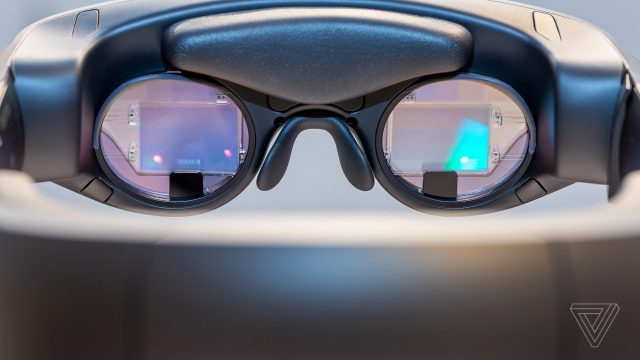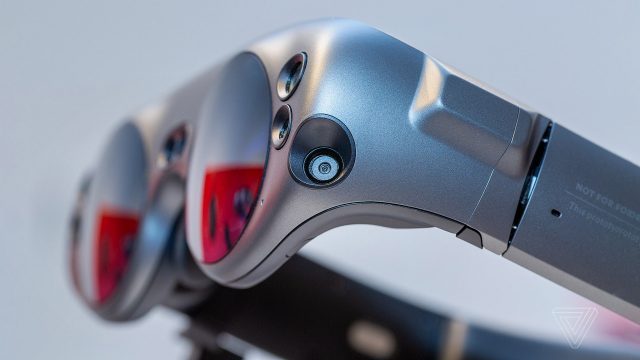Ahead of the launch of the Magic Leap One, several press outlets got a chance to see the device up close and personal. The Verge’s Adi Robertson was among those who got to peer through the purported magical device, but came away feeling like the headset doesn’t do much to differentiate itself from Microsoft’s HoloLens, which launched two years prior.
Robertson, who has a long history of quality VR and AR reporting at The Verge, has been following the Magic Leap story closely. After finally getting to demo the Magic Leap One, she suggests that the device is more of a ‘Magic Step’ than it is a ‘Magic Leap’.
Combined with the comfort factor, it makes Magic Leap one of the best (if not the best) pieces of mixed reality hardware I’ve seen. But after all of Magic Leap’s descriptions of its unique hyper-advanced light field technology, it didn’t feel categorically different from something like HoloLens—which was released two years ago, and has a second generation on the horizon. I’m not convinced Magic Leap’s photonics chip is practically that different from other mixed reality waveguides, or that Magic Leap is doing something other companies couldn’t replicate.
You can read her detailed hands-on expose on The Verge here, while below is a concise video summary that shows the headset in action:
As a self-contained AR headset, comparisons to HoloLens are unavoidable. And while Robertson says that Magic Leap’s field of view is larger than HoloLens’, it’s still fundamentally limiting to the immersive experience, since the headset can only augment a small portion of your field of view at any given time.

Magic Leap spent a lot of its teasing over the years touting a novel display technology, giving it fanciful nicknames like “holographic,” “cinematic reality,” and “dynamic digital light field.” But Robertson says, regardless of the tech, she’s not seeing a meaningful differentiation in the end experience, as Magic Leap has suggested through its tease campaigns.

Stripping away expectations that the company drummed up over the years, surely having a cheaper, more comfortable HoloLens with a wider field of view—if that’s all Magic Leap turns out to be—is a good thing for the AR space, even if it isn’t the ‘magic leap’ forward that the company hyped.






